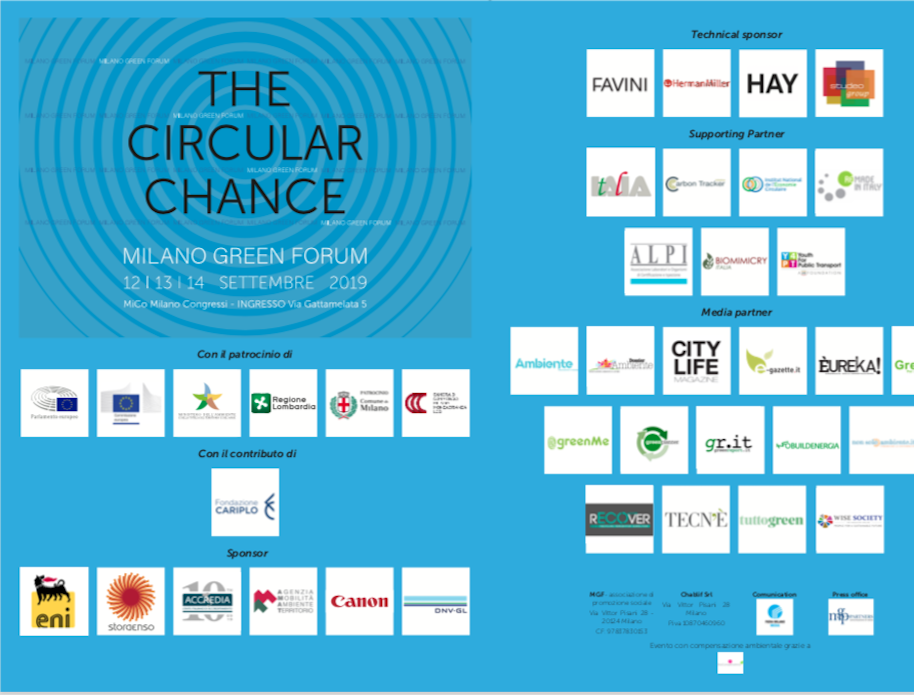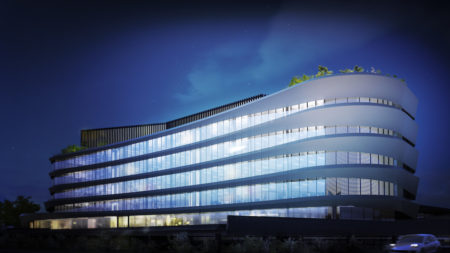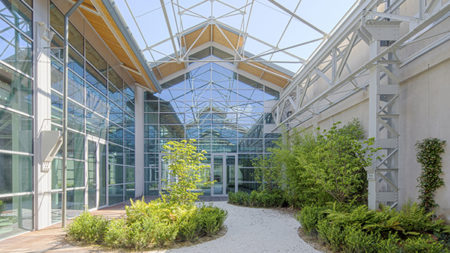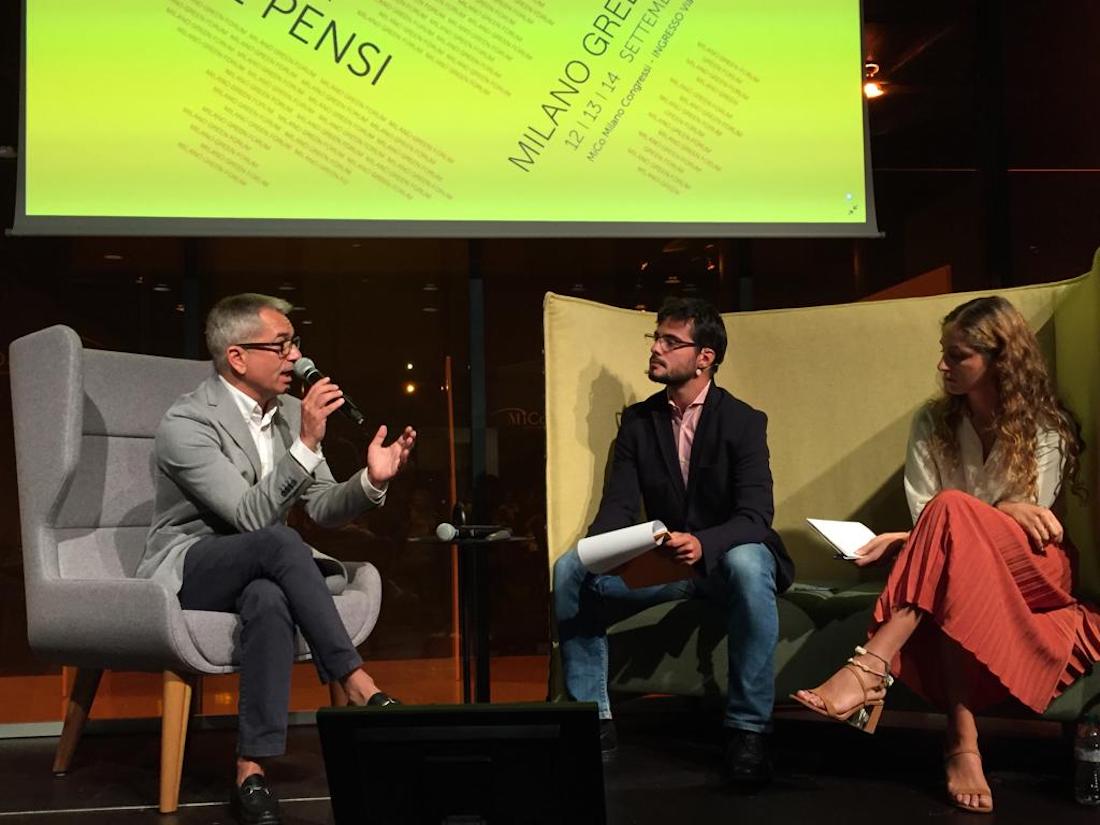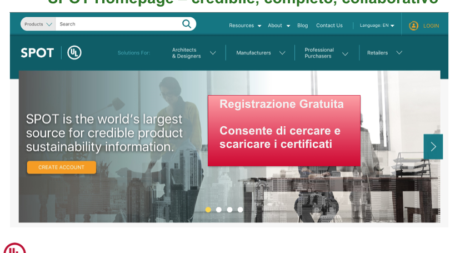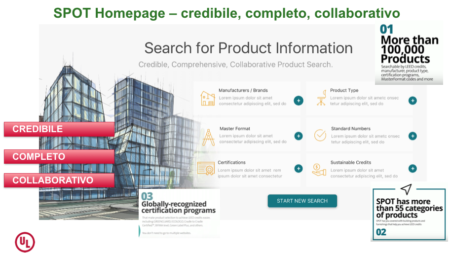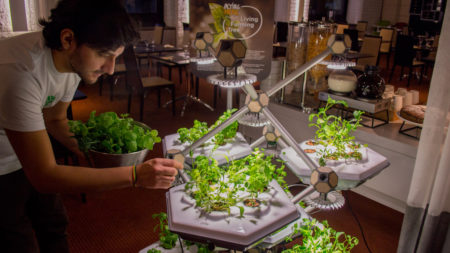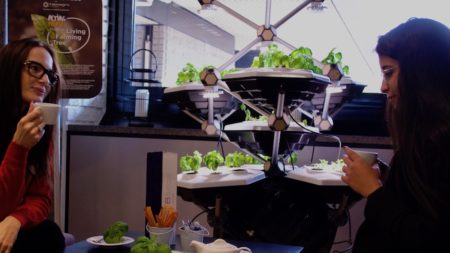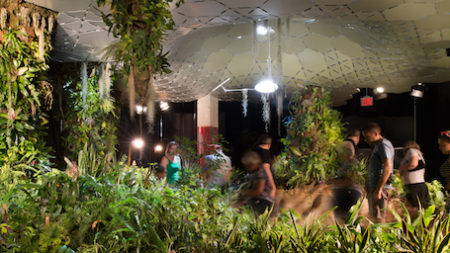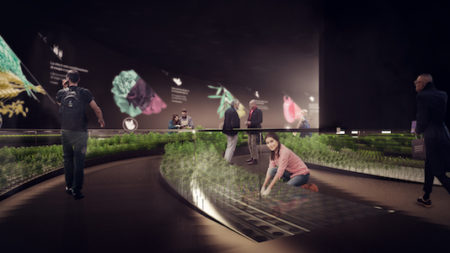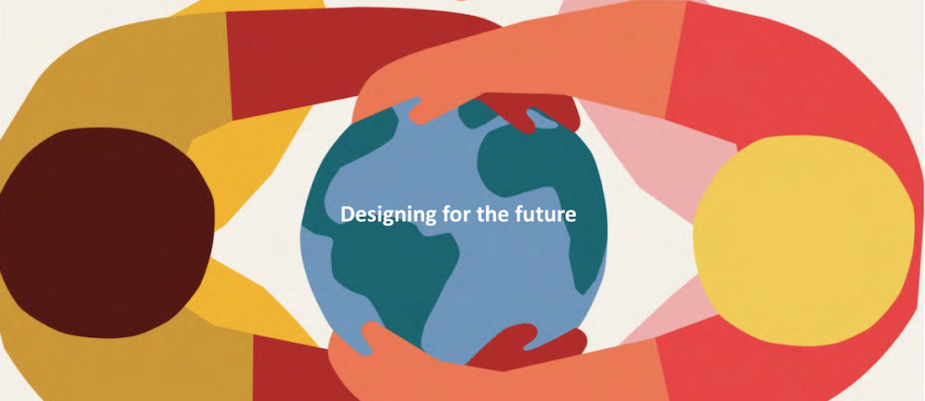
“How do we design eco-friendly?” This is the question that gave the title to the debate organized by Herman Miller and moderated by WOW! at the first Milano Green Forum. The answer is in the capacity of seen and valuing the interaction: firstly among the dimensions of building, furniture, products and processes, but also between space and time, the human and environmental sustainability, and technology and nature. In a word, think as an “ecosystem”.
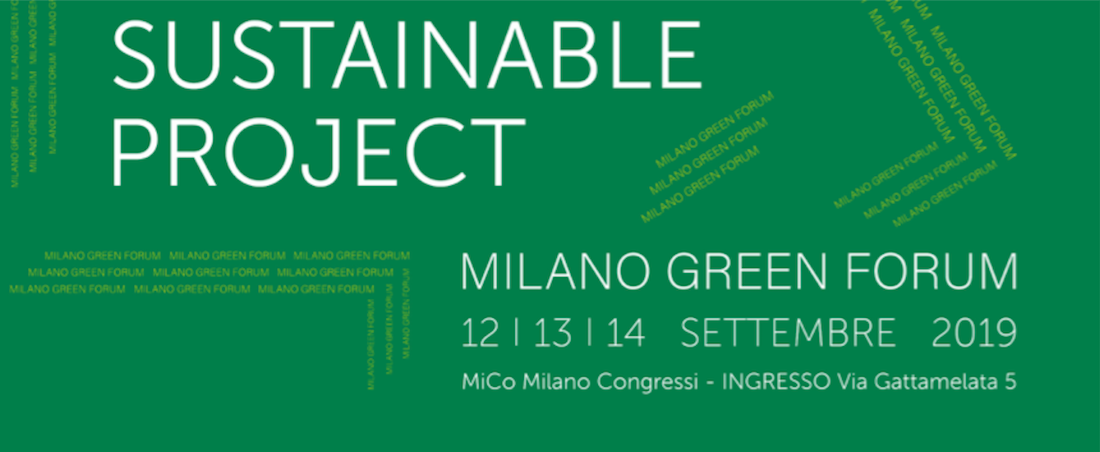
Even though the word “eco-friendly” it is not the loan translation of biophilia, we can say it is the other side of the same coin. In fact, if eco-friendly refers to all the things that have the goal of respect and take care of the environment, biophilia, in the words of Edward Wilson, who defined in in 1984, is the natural tendency of focusing on, explore and affiliate with life and vital processes of every human being. It is this coin that we have explored during the panel “How do we design eco-friendly” at the first Milano Green Forum (12-14 September).
As the architect Giuseppe Tortato said, “We need to take advantage of a moment in which the market is focusing on environment and sustainability to secure a better future for us all”.
An effort embodied by the case of a company like Herman Miller, whose story was narrated by the Specifier Account Manager Simona Giacalone: from the words of the founder De Pree (“A business is rightly judged by its products and services, but it must also face scrutiny as to its humanity.”) to the American HQ Green House, to the experience of the Team 53, a group of employees tasked with creating environmental programs.
As Giuseppe Benini from UL, leader company in independent certification, said during his speech, nowadays the choice of materials is not enough in defining an eco-friendly product: there must be strict attention also to the process of its production.
Besides presenting an interesting tool as SPOT, the largest credible sustainable product database for professionals, a concept has emerged as a trait d’union for the debate: interaction.
Everything that deals with eco-sustainability must consider interaction as a complex and multilayered theoretical and practical point of reference: design products interact with the environment, “breathing” in the air their chemical components; furniture and nature reach their goals and become efficient only in the interaction with people, as the case of Hexagro’s Vertical Farming, presented by Alessandro Grampa shows; the same people are called to change their ways of interacting among each other in the context of the new co-working spaces and working mobility, as well illustrated by Luca Brusamolino, Workitect’s HR and Consultant.
Furthermore, interaction is fundamental also in architecture, as it is shown by the Giuseppe Tortato’s projects as the Arcadia Center, the Econocom and La Forgiatura in Milan, especially with the human senses and with time.
Not only we need to regenerate buildings in a sustainable way, but also to design building that “age in a better way” or even capable of self-extinguishing and going back to nature, instead of “smartphone-kind of buildings” that, however beautiful, becomes outdated in few years.
Finally, quite paradoxically, it is technology the main instrument that allows us to re-build our relationship with nature: if Hexagro uses the NASA-patented aeroponic agriculture, architecture uses integrated building technology to improve the maintenance and the monitoring of the building; if Herman Miller and UL make the most of the new research over materials and chemicals for designing, on one side, and to set more strict parameters for certification, on the other side, designers use the same smartphone for both choosing the more eco-friendly furniture and to chose where to go work every day.
Text by Gabriele Masi.
